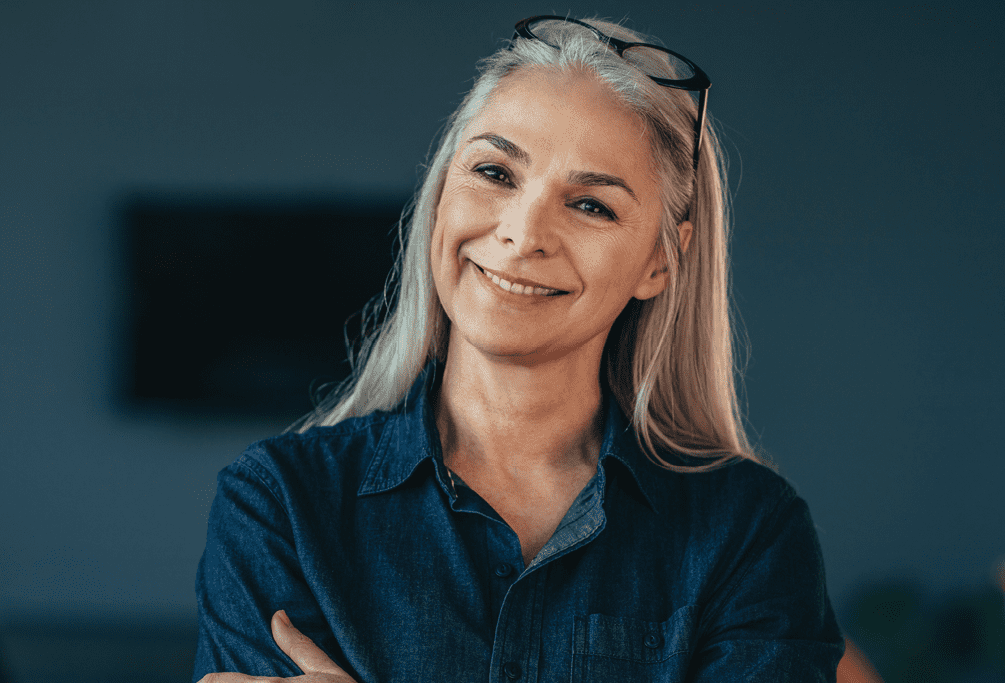While taking on groundbreaking projects may be exciting, it’s easy for projects to spiral out of control. Earned Value Management is your solution to keep your project under budget and on time – in other words, under control. Here’s the basics to understanding Earned Value Management.
What is Earned Value Management?
Earned Value (EV) is the measurement project managers use to evaluate the performance of a project or program. It quantifies the ‘worth’, or value, of the work completed to date. This value enables project managers to make accurate forecasts of the project or program’s future performance.
Earned Value Management (EVM) is thus the methodology that helps project managers calculate and optimise earned value. It involves the integration of schedule, costs, and scope to paint a holistic and accurate image of a project or program performance. With the help of several key concepts and calculations (which we talk about into detail below), project managers can not only predict the future performance of their project accurately, but have the insight to adjust their plans accordingly.
History of Earned Value Management
Earned Value Management emerged from the United States Air Force in 1967 to better control and plan Air Force programs. It first came in the form of a policy dubbed the Cost/Schedule Control Systems Criteria. The original criteria contained 32 criteria and 26 ‘specifications’ which comprised the guidelines for effective EVM. Project managers have added some criterion to EVM since its inception; on the whole, however, EVM has remained relatively unchanged from its original state.
EVM has gained traction in the engineering and construction industry because it can facilitate coordination, planning, and control of large-scale projects. However, as projects in all industries continue to grow in both size, complexity, and agility, the value of EVM will continue to grow beyond the confines of those industries.
Check out our article on Value Engineering to learn about the stages of optimising value in a project!
Objectives of Earned Value Management
There are five key objectives of EVM:
- To align time-phased budgets with specific contracts and/or statements of work.
- To provide the foundations to capture project progress and assess them against baseline plans.
- To align technical, schedule, and cost performance within the project.
- To provide justifiable, appropriate, and auditable data for proactive project management analysis and action.
- To provide project managers with practical, summarised information to enable effective decision making.
Benefits of Earned Value Management
Enables realistic project planning and decision making
Project planning is not only an early-stage process. It needs to be continually updated and adjusted to properly respond to ongoing changes within the project.
With smart EVM systems, much like the ones used by pmo365, project managers can keep up to date with the costs, schedule, and scope of their projects. Oftentimes, these solutions only present the data the project manager requires, and gives an accurate image of where projects are really at. By using what-if scenario calculations, project manners can easily make decisions to their plans based on accurate and realistic projections. As a result, managers gain an objective perspective of their progress in a time-effective way.
Provide real-time visibility through data centralisation
The critical benefit of EVM is its real-time quality. Traditional project management often applies periodic reporting practices that do not give teams the required agility to make timely decisions. Additionally, traditional practices often separate schedule, cost, and scope management into their own individual activities with their own data collection processes. This makes it especially hard to collate and analyse project progress across all dimensions effectively.
A smart EVM system enables managers to integrate their tools and data into a single platform, and calculate progress through every stage of the project. This allows project managers to assign work in productive chunks, and monitor it’s progress in real-time. EVM also helps managers identify inaccuracies within their task dependency priorities.
Predict risks and enable early intervention
The visibility over projects in real-time gained by EVM gives managers the benefit of anticipating risks and intervening early. As a result of this visibility, managers can see the potential problem areas within the project. EVM thus enables project managers to create timely adjustments and modifications. EVM helps quantify project unknowns into quantifiable factors, which project managers can then plan for and mitigate with ease.
Improves transparency and accountability
The result of the visibility and control which EVM provides is greater transparency. Now managers have an accurate understanding over the progress of the project, and can communicate this effectively to teams and key stakeholders. Improved transparency can also increase team motivation to keep up with the pace of other teammates to match their output. With this transparency comes greater accountability to stakeholders, and can thus assist managers communicate progress clearly and manage stakeholder expectations accordingly.
5 Core Concepts of Earned Value Management
Earned Value Management is concerned with asking three critical questions:
- How much work do we need to complete?
- How much value have we gained?
- How much work remains?
To answer these questions, EVM pulls from three data sources:
- The budget
- The actual value of the completed work
- The ‘earned value’ of the work completed to date
Emerging from these three questions and data sources are the five core concepts or measurements that support effective EVM.
1. Planned Value (PV)
The project manager allocates the Planned Value (PV) as the predetermined budget cost for the scheduled work (BCWS). The BCWS establishes the expected progress of work at any specific point in the project schedule and cost estimation. The cost and schedule baseline determine the BCWS.
We can understand PV from two perspectives: cumulative and current. Cumulative PV represents the total budget allocated for the activities the project manager scheduled to be completed up until the present moment. On the other hand, current PV refers to the approved budget assigned to activities scheduled for a specific time period, whether it’s months, days, hours, and so on.
The typical PV calculation is :
PV = Total project cost X % of planned work
2. Actual Costs (AC)
Actual Costs (AC) captures the actual cost of work performed (ACWP). Similar to Planned Value, we can also measure it in cumulative and current terms. Just be sure to remember to account for hidden costs. Your project management software may not actively calculate costs like hardware, software license, overheads, etc.
3. Earned Value (EV)
We can use earned Value (EV) to determine the ‘worth’ or value of the work completed. This calculation will gives you a realistic idea of what has been accomplished to date. Like the previous two terms, we can calculate EV in both cumulative and current forms.
The typical EV formula is:
EV = Task budget X % project completed (actual)
4. Variance Analysis
While planned value, actual costs, and earned value are the fundamental measurements in EVM, variance analysis and the following performance indexes help give project managers a better idea of how they are performing compared to their project baselines.
There are two types of variances that we can measure in EVM:
- Schedule Variance (SV)
Schedule variance quantifies the divergence of the current project progress and the planned schedule. A negative SV signifies the project is behind schedule, while a positive SV signifies a project is ahead of schedule. If your SV equals zero, then your project is right on schedule.
The schedule variance formula is:
SV= EV – PV
- Cost Variance (CV)
The Cost Variance (CV) quantifies the divergence of the current project cost from the planned budget. Just like SV, a negative CV signifies the project is over budget, a positive CV signifies a project is under budget, and zero means the project is right on budget.
The cost variance formula is:
CV= EV – AC
5. Performance Indexes
Performance Indexes are another means of measuring project performance and consist of two parameters: schedule and cost indexes.
- Schedule Performance Index (SPI)
PMI’s PMBOK defines Schedule Performance Index (SPI) as “a measure of schedule efficiency on a project.” We can calculate SPI through a ratio basis. If the SPI is equal to or greater than one, the scheduled performance of the project is favourable. A value less than one is an unfavourable condition.
The SPI formula is:
SPI = EV/PV
- Cost Performance Index (CPI)
PMI’s PMBOK defines Cost Performance Index (CPI) as a “measure of cost efficiency on a project”. Similar to SPI, any factor equal or greater than one indicates a positive cost performance while a value less than one indicates an unfavourable cost condition.
The CPI formula is:
CPI= EV/ AC
Master Earned Value Management with pmo365
While Earned Value Management can be difficult to master, it is well worth the effort. Make it easier by utilising an effective PPM solution! pmo365 excels at integration, and has been incorporating EVM calculators and systems into capabilities such as timesheet reporting, schedule management, cost management, and more. If you want to see an effective EVM system in action, make sure to book a free trial with our PPM experts today!













